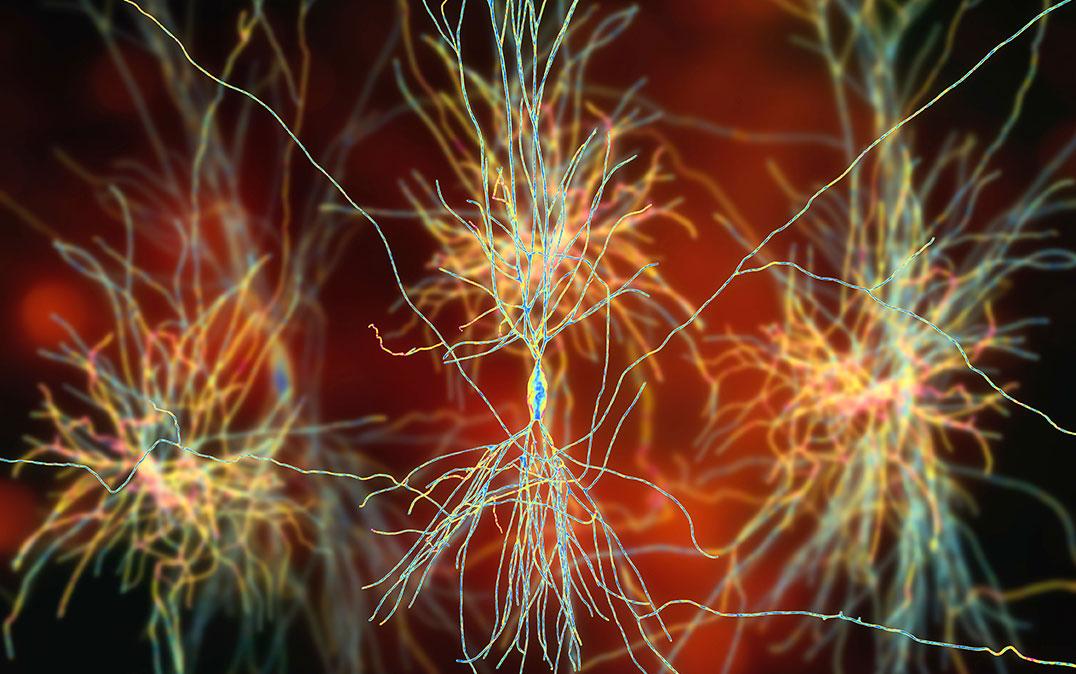Research News
Faster Research through Automation: A New Way to Count Micronuclei in Cells

Image by Kateryna Kon/Shutterstock
Researchers from the University of Tsukuba find that micronuclei, which are markers of cancer cells, can be counted automatically using a new computer program
Tsukuba, Japan—Micronuclei, which are small nucleus-like structures within cells, are commonly associated with tumors. Now, researchers from Tsukuba, Japan have developed an automated computer program that can accurately and reproducibly count these structures from microscope images, which will increase the speed and accuracy of micronuclei research.
In a recently published study, researchers from the University of Tsukuba reported their new MATLAB-based program, named CAMDi (Calculating Automatic Micronuclei Distinction), which automatically counts the micronuclei from images of stained cells. Micronuclei can be stained the same way as regular nuclei, but they are differentiated from nuclei by their much smaller size. However, identifying them is easier said than done, because automatic systems for counting micronuclei have traditionally used images taken from just a single level of tissue. To understand why this is important, imagine cutting a cross-section through a ball that is fixed in space. If you cut a slice closer to the top or bottom areas of the ball, the size of the cross-section would be much smaller than if you chose a slice closer to the center--so a cross-section close to the periphery of a nucleus can easily be mistaken for a micronucleus.
To combat this problem, researchers at the University of Tsukuba took photos at different levels through cells or tissue and created a program capable of analyzing the resulting three-dimensional information. In this way, they ensured that what the program counted as micronuclei were, in fact, micronuclei. They then used this program to look at micronuclei in mouse neurons and tested the effects of neuroinflammation on micronucleus numbers.
"A link has been reported between inflammation and micronuclei in cancer cells," says corresponding author of the study Dr. Fuminori Tsuruta. "We decided to test whether neuroinflammation in the brain might affect the numbers of micronuclei in neurons."
To do this, the researchers first introduced inflammatory factors into mouse neurons grown in culture, but they found no changes in micronuclei number using their CAMDi program. However, when they gave mice injections of lipopolysaccharides, which caused inflammatory cells in the hippocampal region to become activated, there was an increase in micronuclei in the hippocampal neurons.
"These results were surprising," explains Dr. Tsuruta. "They suggest that the formation of micronuclei in neurons is induced by inflammatory responses from nearby cells."
Given that micronuclei are markers of a range of pathologies, the development of this new computer program could be very important for pathological diagnoses and the tracking of treatment responses. Research into micronuclei, to better understand their formation and roles in disease, will also be enhanced by the use of CAMDi.
###
This work was supported by a Grant-in-Aid from the Ministry of Education, Science, Sports and Culture of Japan JSPS KAKENHI (16KK0158) to FT and JSPS Research Fellowship for Young Scientists (19J20619) to SY.
Original Paper
The article, "A MATLAB-based program for three-dimensional quantitative analysis of micronuclei reveals that neuroinflammation induces micronuclei formation in the brain," was published in Scientific Reports at DOI:0.1038/s41598-021-97640-6
Correspondence
Assistant Professor TSURUTA Fuminori
Faculty of Life and Environmental Sciences, University of Tsukuba




